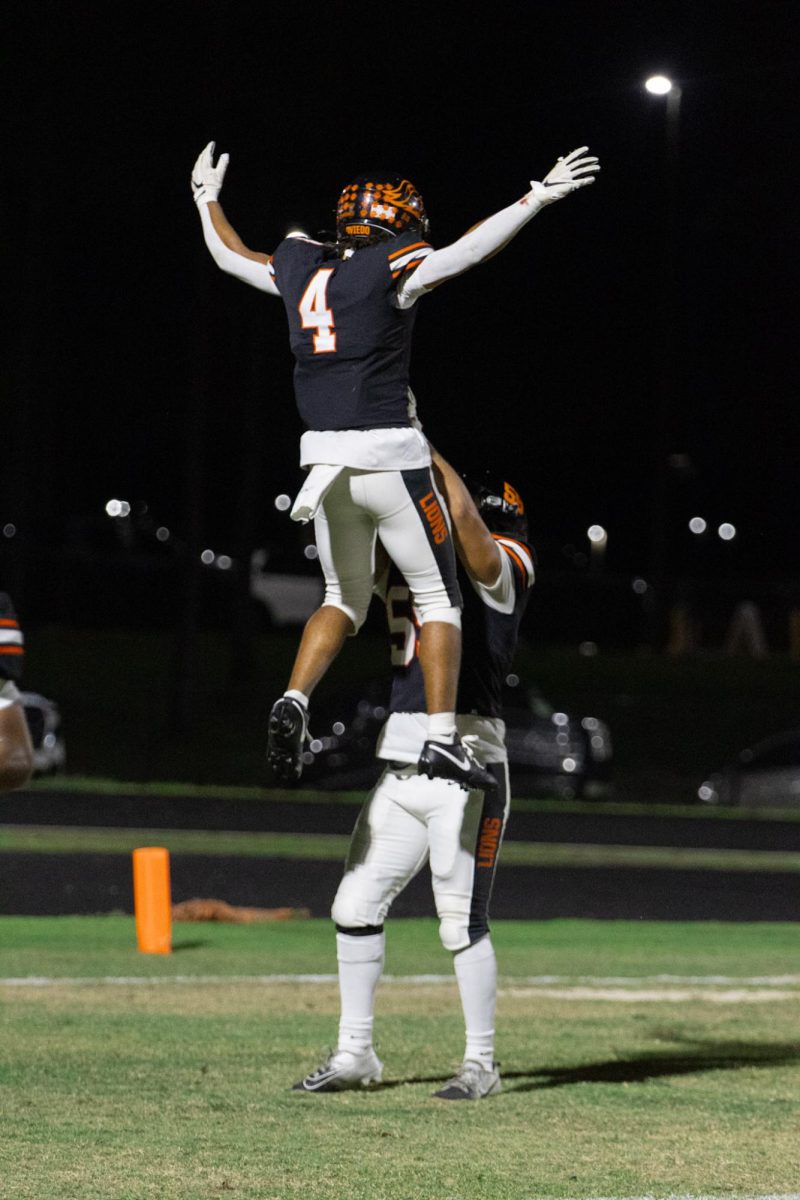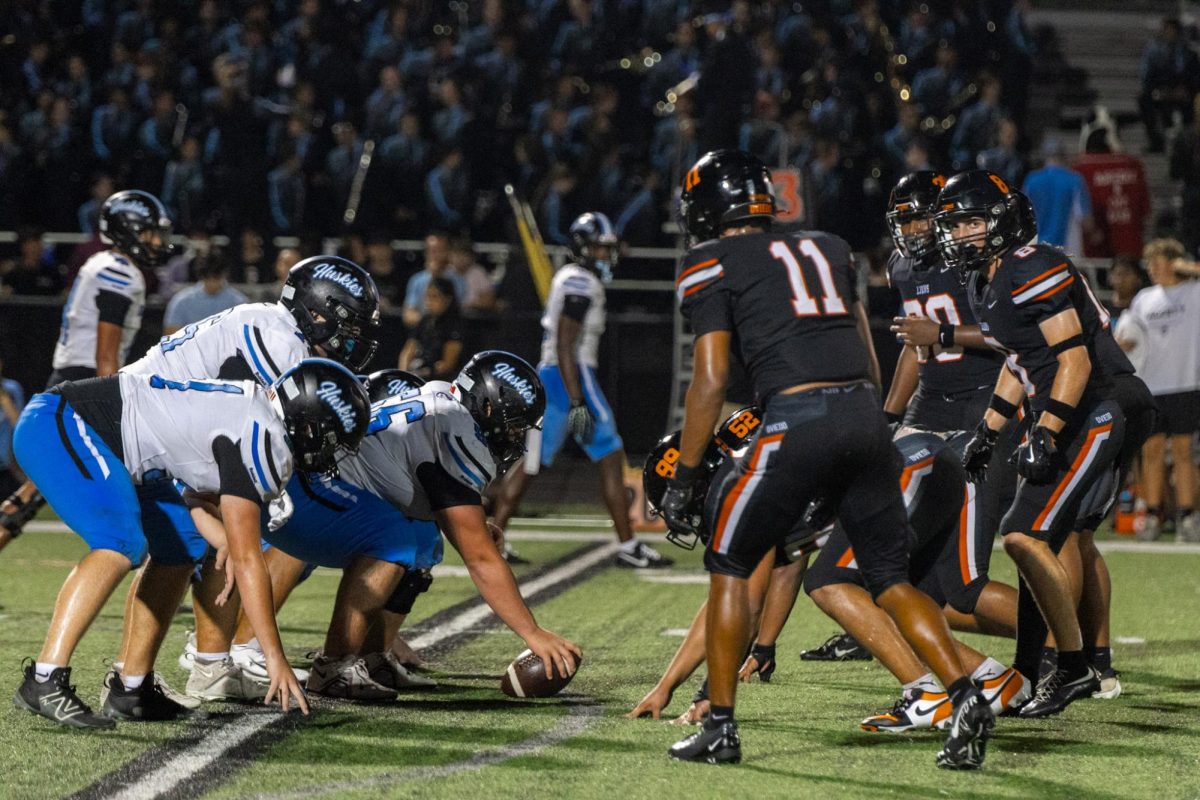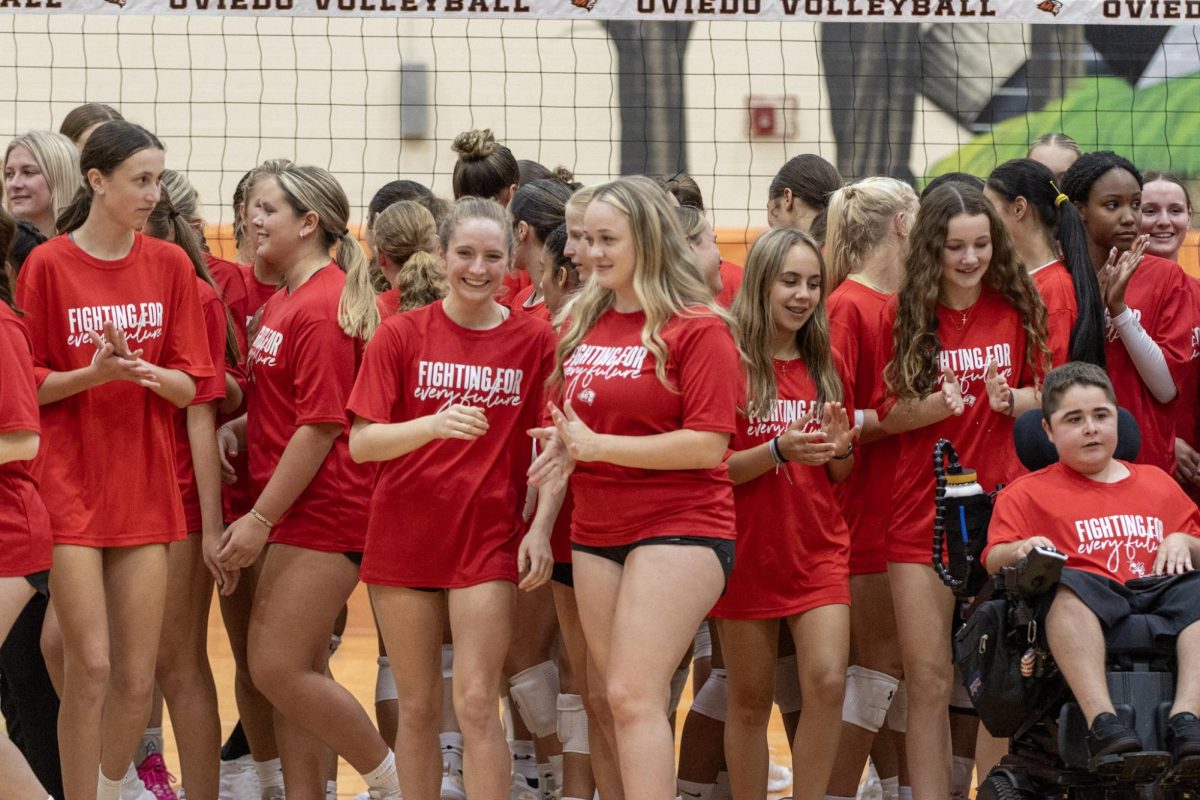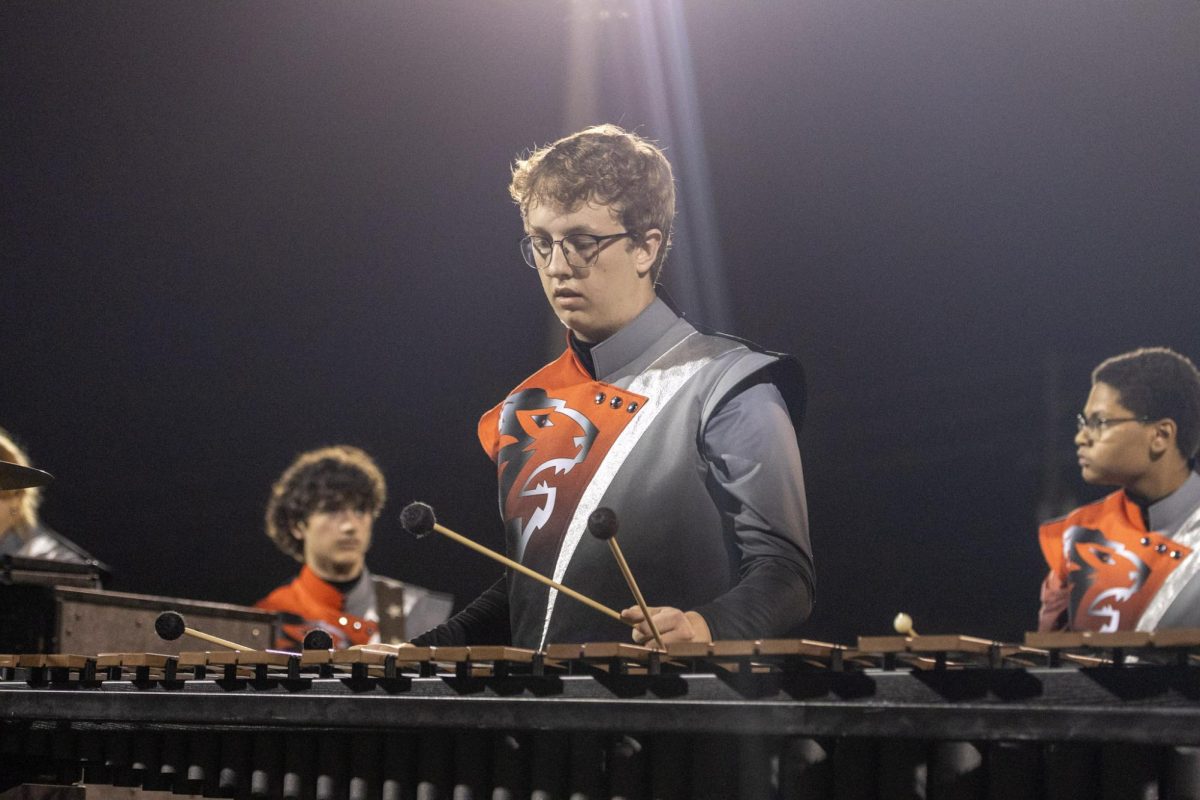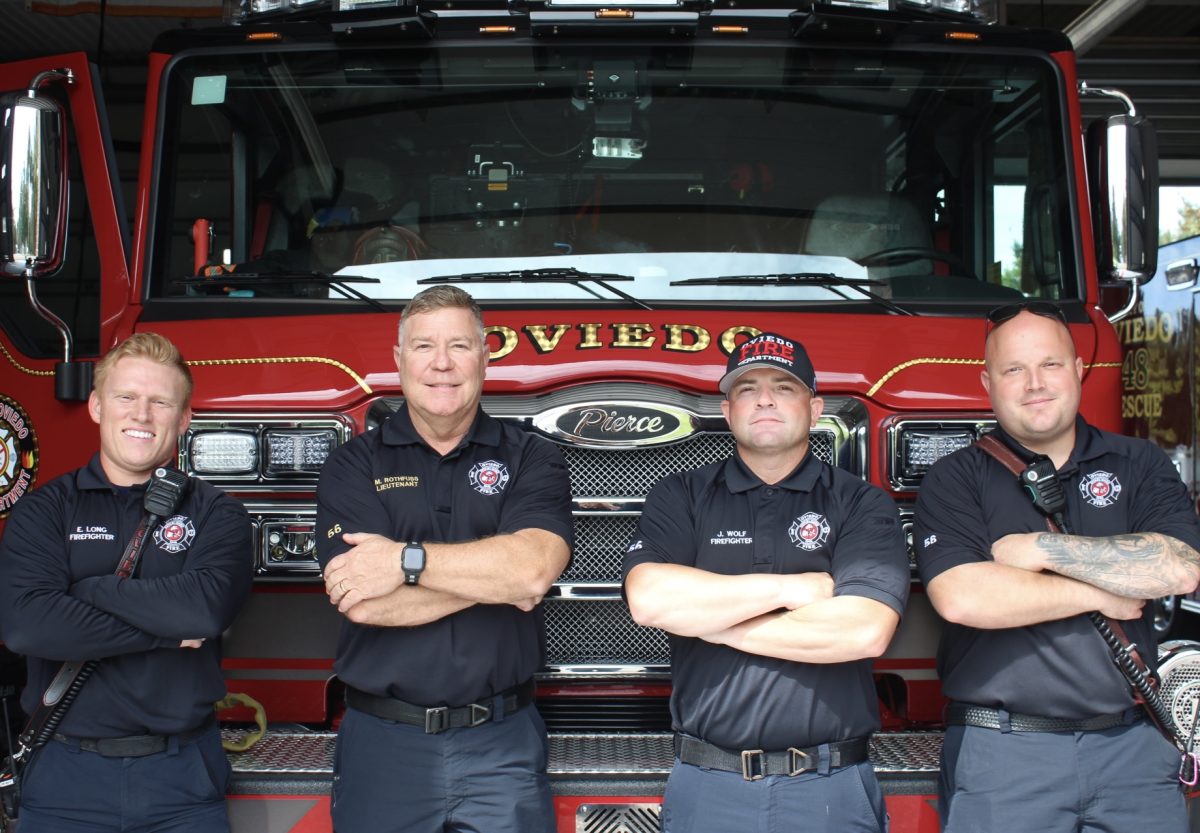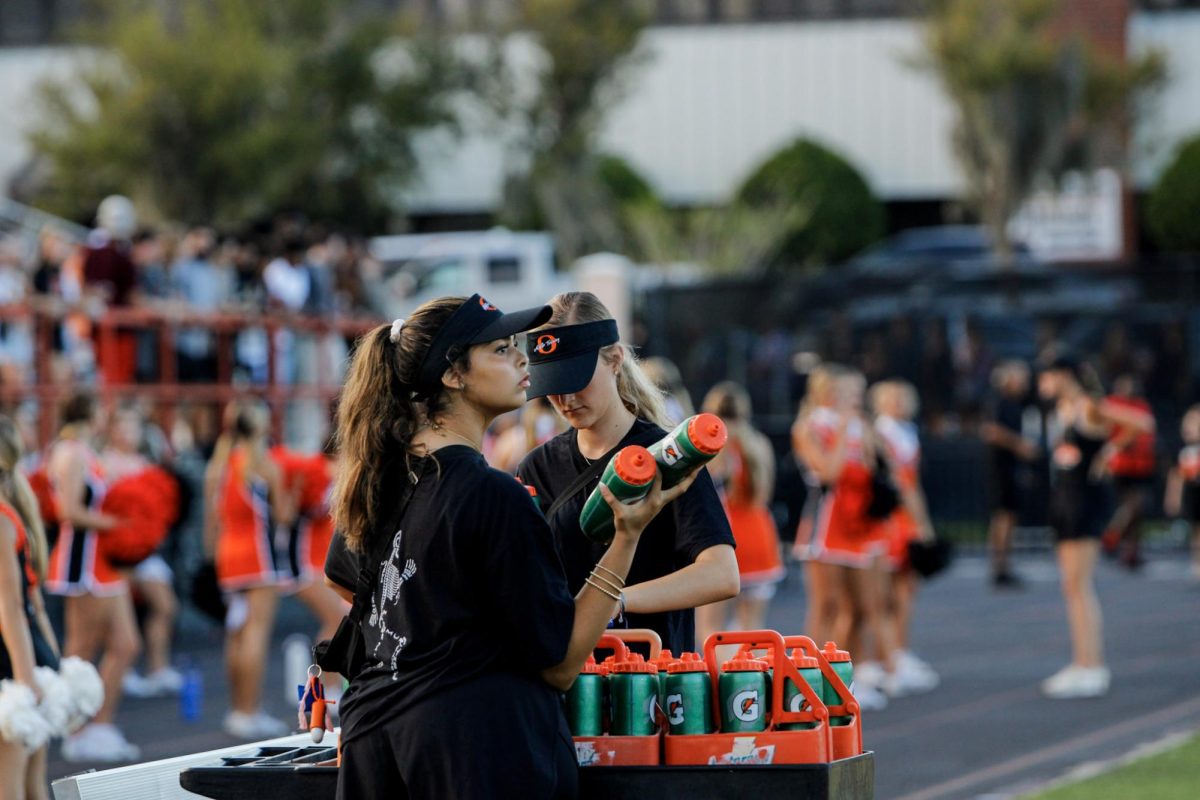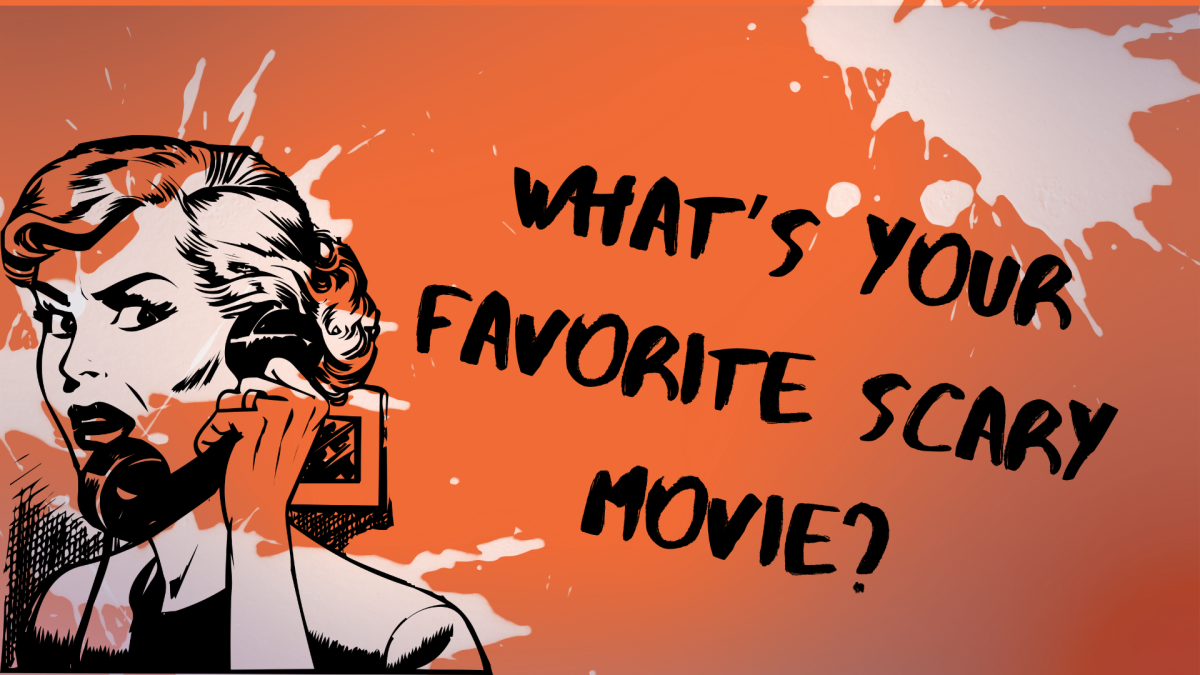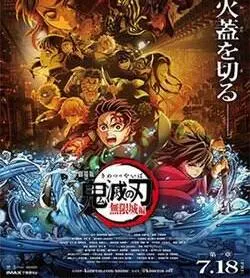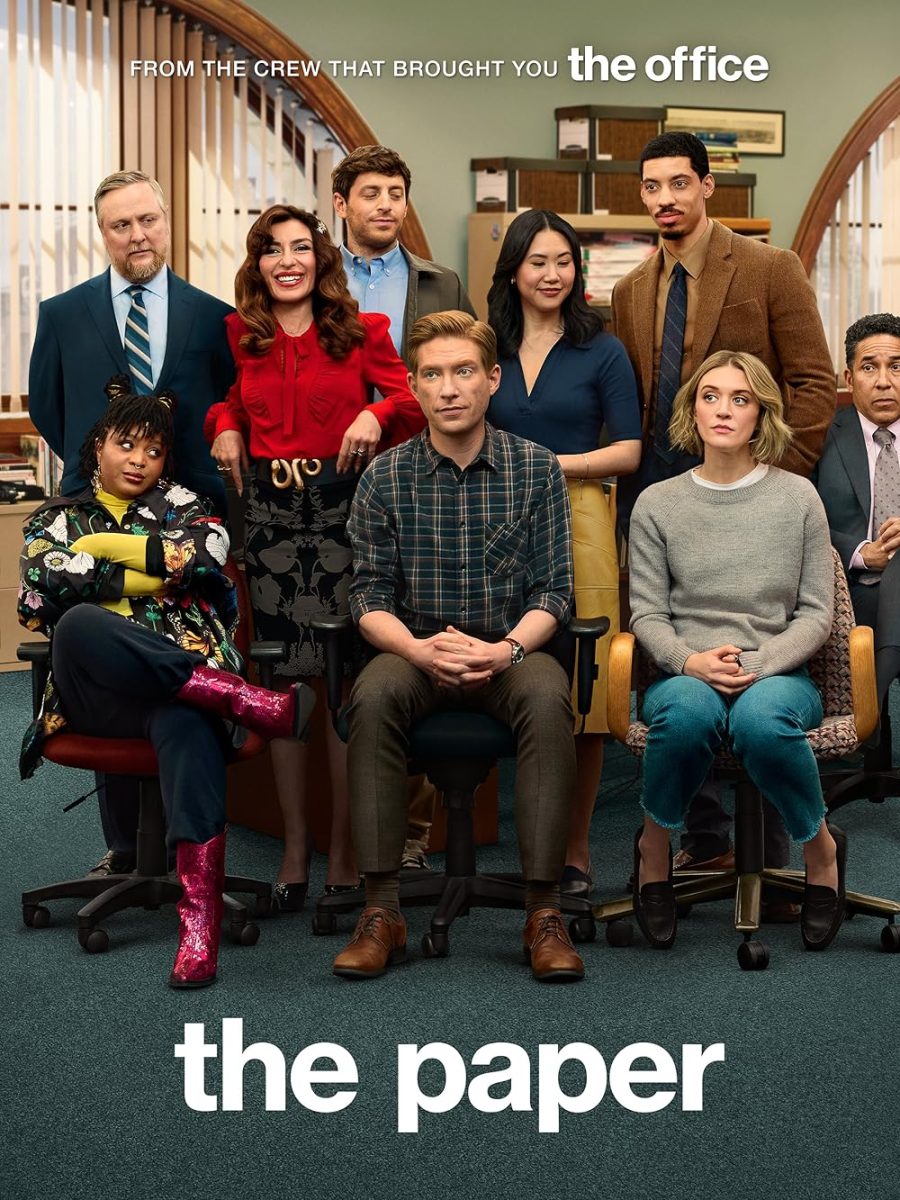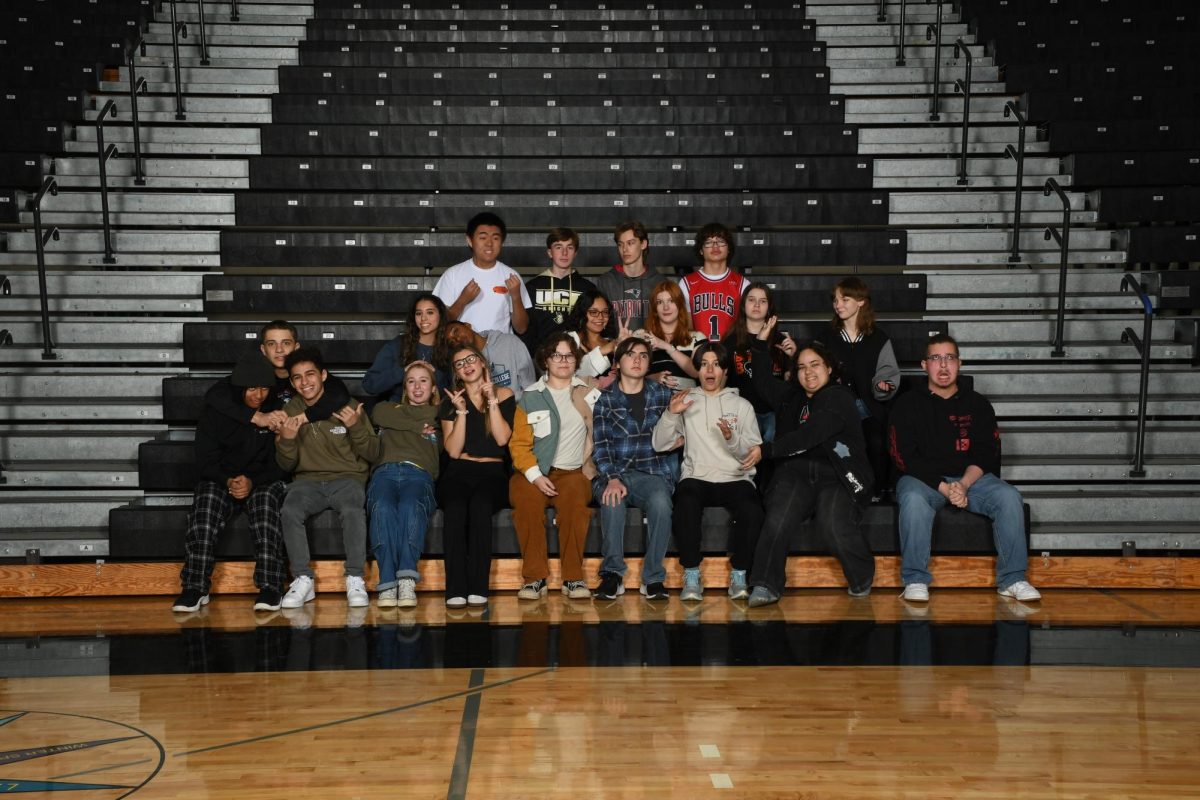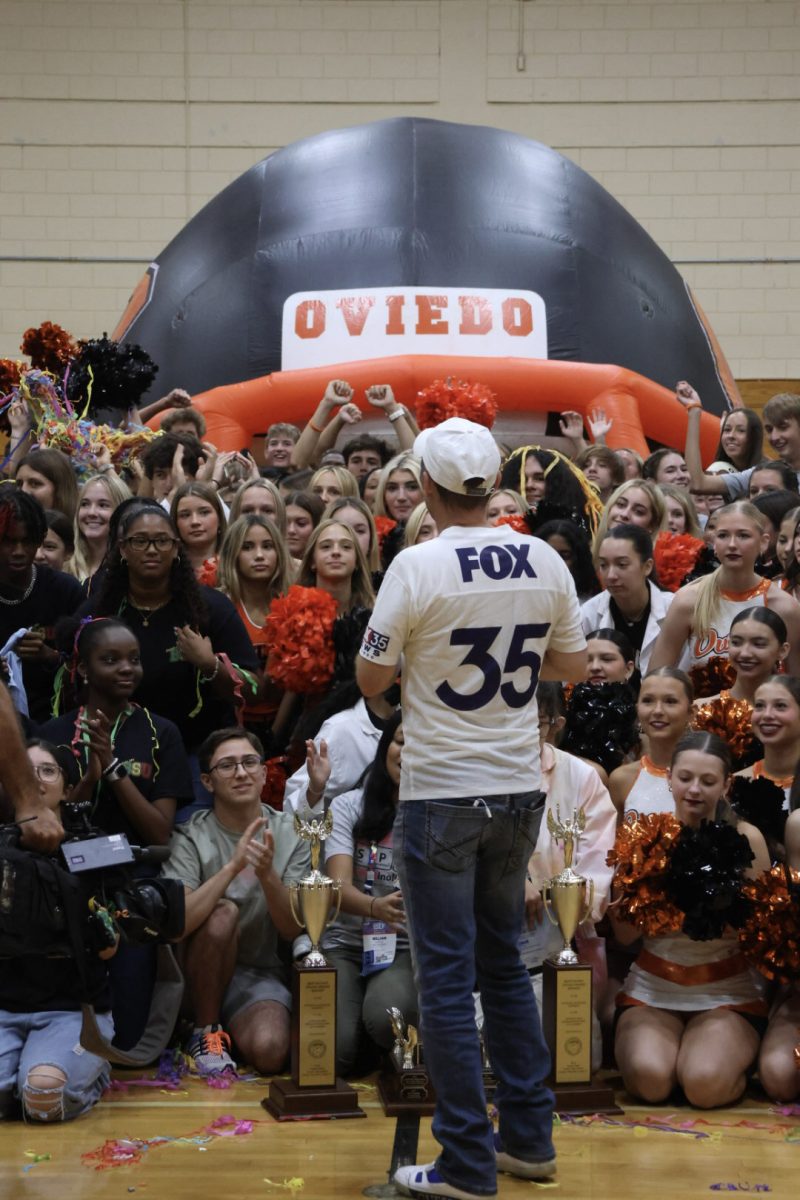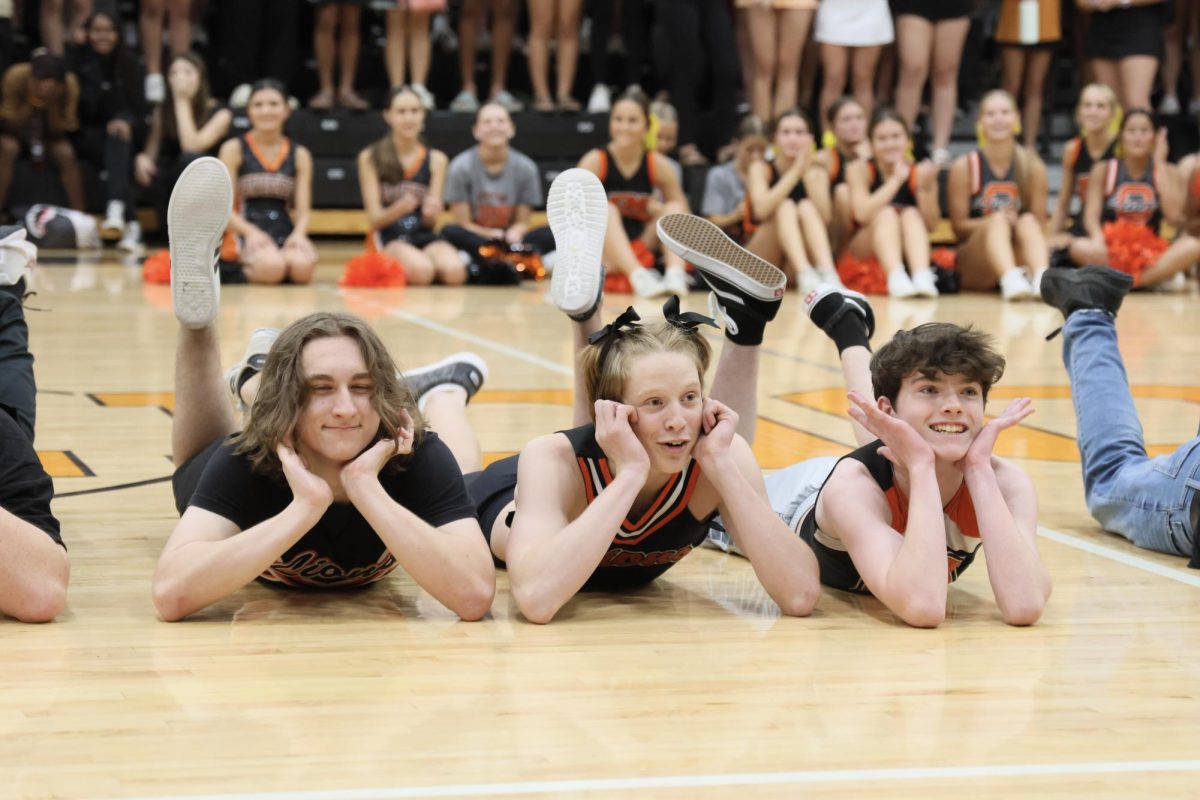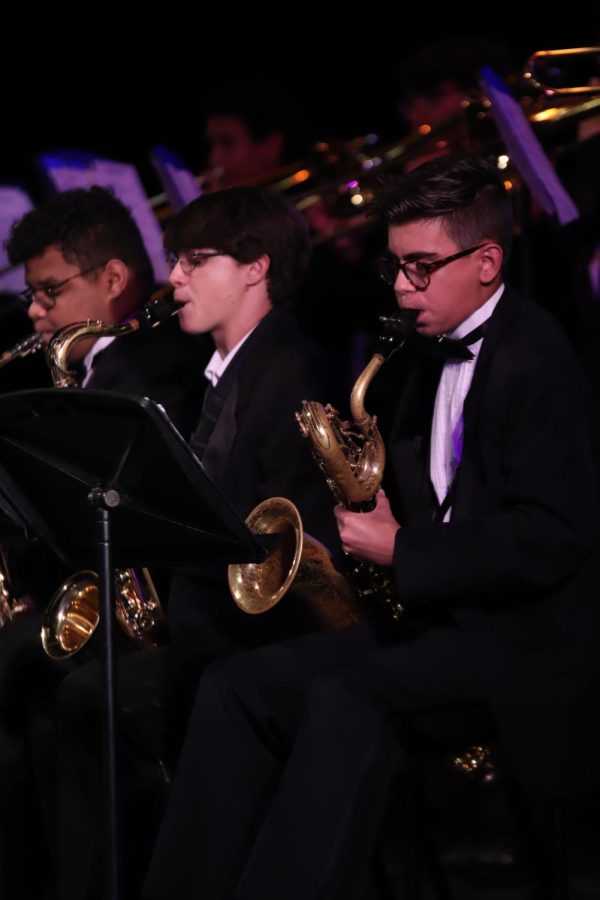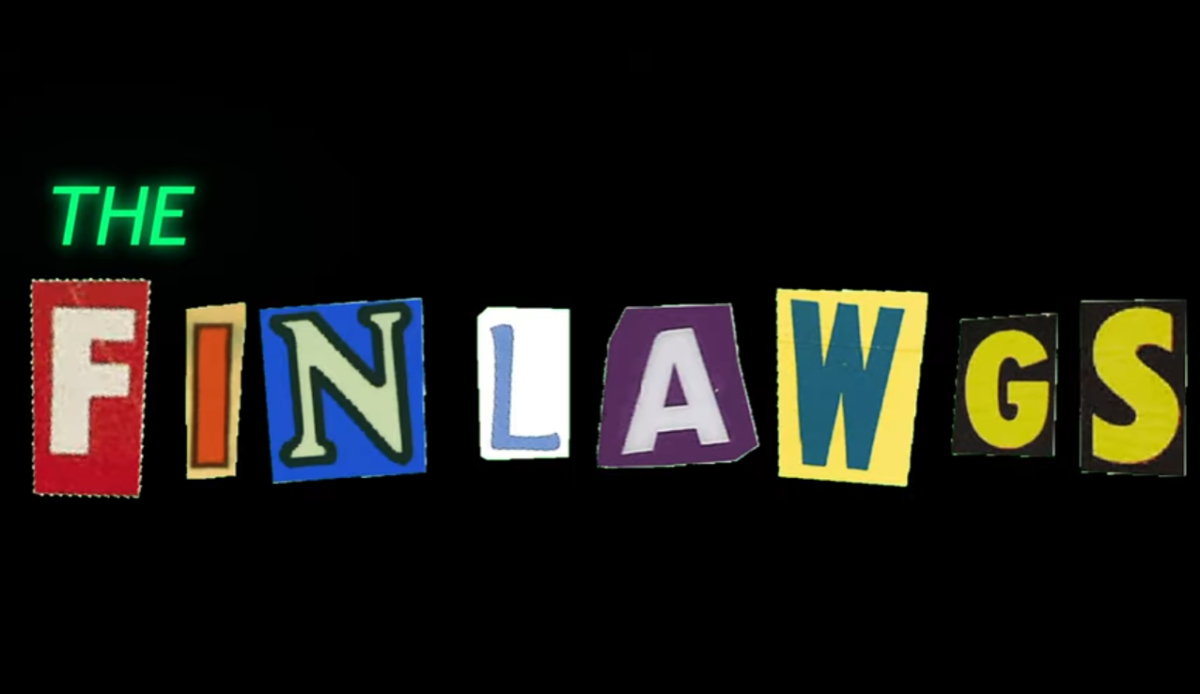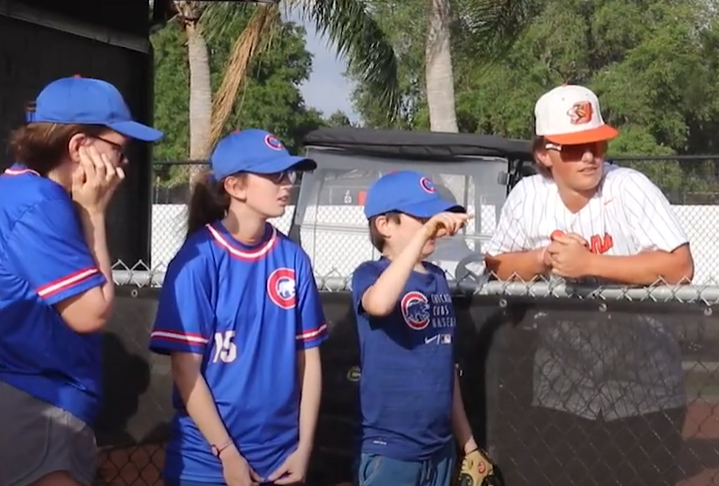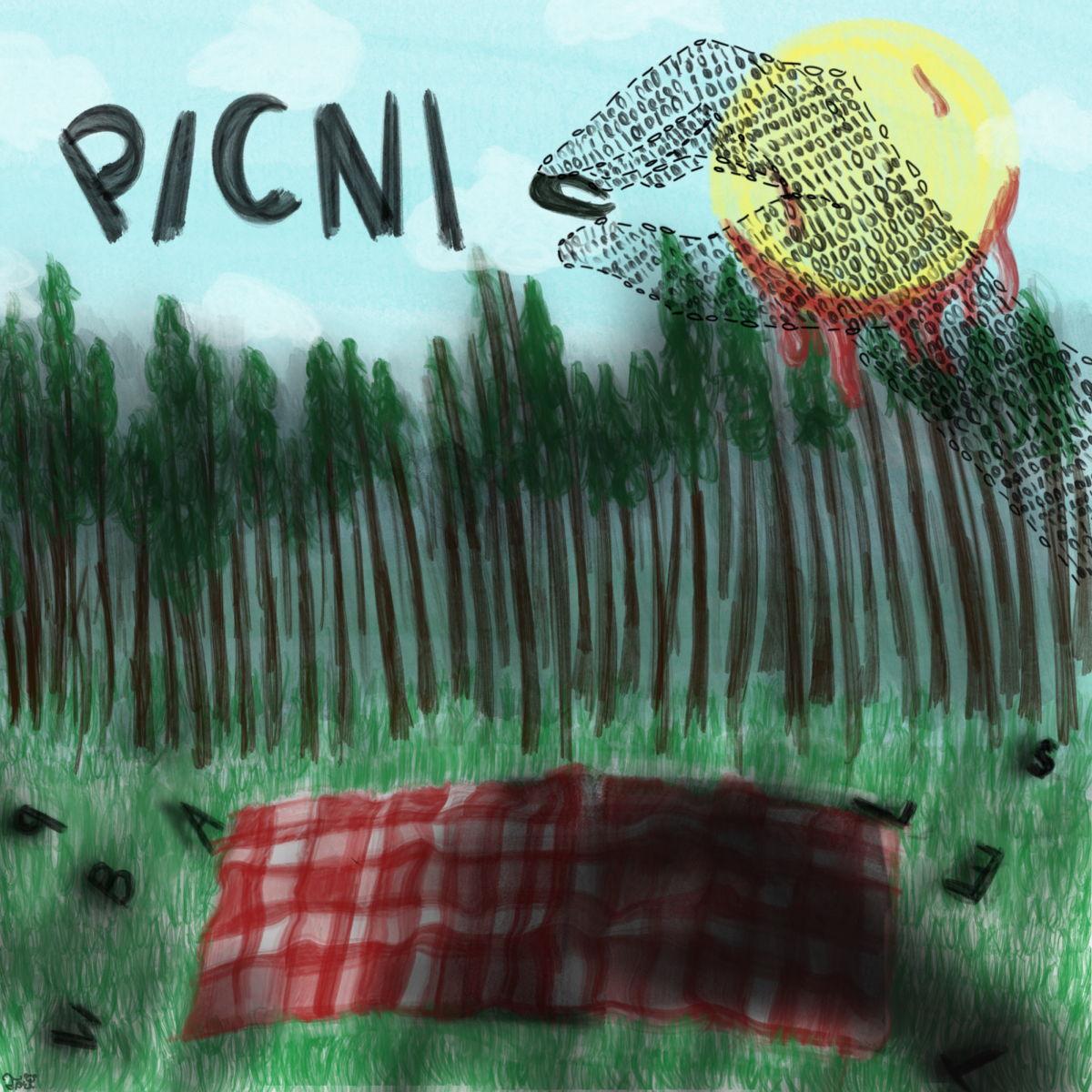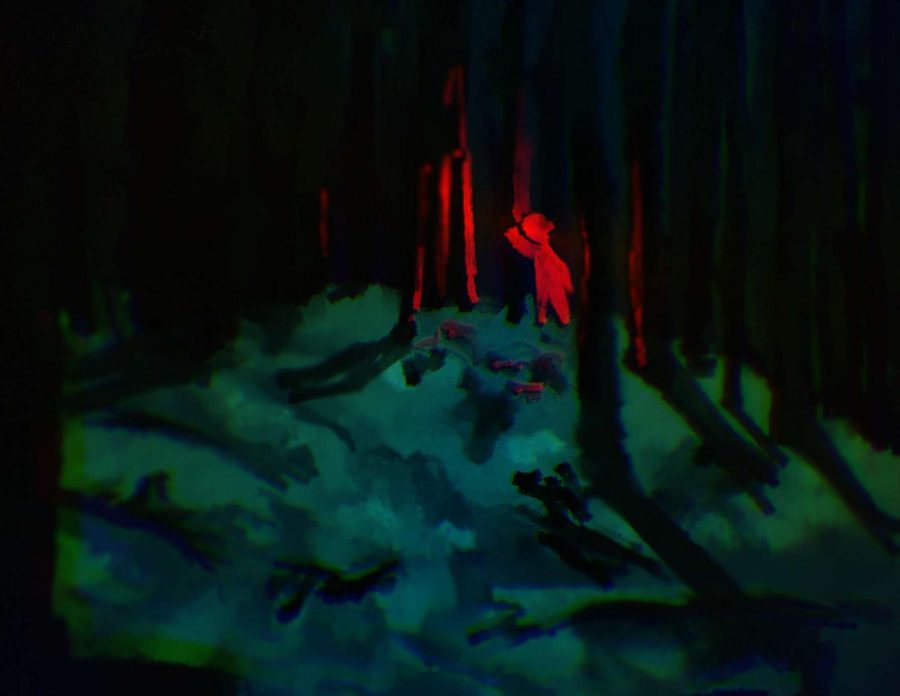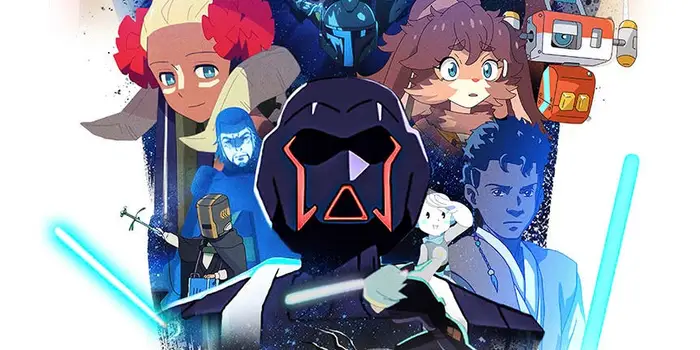‘Star Wars: Visions’ lacks in vision
WEB EXCLUSIVE
Star Wars is an incredibly prominent series, with the first film being released to the public in 1977. This movie would forever change how cinema was produced, especially within the Sci-Fi genre, approaching special effects in new and never seen before ways. The story is special to its own world, where there are frosty colossus planets like Hoth and perpetually expanding sand dunes with lucrative rock formations climbing out in planets like Tatooine. Each and every set is plotted carefully and created meticulously by professionals and with an unbelievable overarching plot. It came as no surprise that the films were all major box office successes and became a pop sensation.
There are many installments to the Star Wars franchise, like The Clone Wars and The Mandalorian, but Disney had something even more unique in mind. Their idea: Star Wars: VIsions, an anthology series that takes place in the Star Wars universe with one major twist. That twist being that each episode would be animated by a different prominent anime studio.
As stated earlier, Star Wars isn’t an easy franchise to write for, there are so many entangling plot points and small details that it can get your head spinning. Star Wars: Visions would be completely detached from the main story of the Star Wars movies, with each story being a new and refreshing perspective on characters that could easily exist. Even though the writers for Star Wars: Visions were given a blank slate to work with, the product would immediately increase in complexity through the lore, being forced to make each original storyline be completely plausible. Although it would be nice to say that they pulled it off well, in all realness, some stories just didn’t work.
The first episode, “Ronin”, has to be an incredibly strong start to the series: amazing visuals, a good story, interesting characters, – something the series tries hard to deliver the most – a tie in to the franchise, and a proper resolution. The episode follows a travelling ronin who happens to be in a village while it gets raided by bandits. The bandit leader is a Sith, and no one in said village has the power to take her on, except for the wandering ronin. In a shocking turn of events, it reveals that the ronin is a former Sith, with a red lightsaber katana and being able to use the force. The two go at it for a while and in a pinch, the ronin toughens it out pulling the victory on the bandit leader. Then with another shock, it is revealed that the ronin has been hunting Sith and collecting their kyber crystals, the object that allows Jedi and Sith to use lightsabers. As he’s grabbing the crystal, he turns to the village and decides to give them the crystal in respect to the villagers. This episode was incredible and set a high precedent for the later episodes in the series, and left an amazing impression. The same can’t be said for the rest.
The second episode, “Tatooine Rhapsody”, was anything but a successor. All the major points hit with episode one were missed entirely with episode two: a nonsensical story, flat characters, a bad tie to Star Wars, and a fuzzy resolution. We follow an ex-Jedi boy who joins a band after meeting the lead guitarist. The rest of the bandmates get introduced, all of which seem to have little to no importance. They then get chased out of their venue by Boba-Fett because the lead guitarist is wanted for something that was never made clear. After the lead guitarist gets captured and sent to Jabba the Hutt, the rest of the bandmates follow them to the guitarist’s execution. Through some turn of events, the band is allowed to perform before the guitarist’s execution to Jabba and get to live. None of the story makes sense for two reasons: 1. Why is the guitarist even wanted in the first place? And 2. Why did Jabba let them live? There is no clear reason as to why the lead guitarist is wanted or why it was extreme enough to warrant execution, and the mercy of Jabba in this instance is incredibly out of character considering how Jabba was supposed to be violently cruel as a character. The ending was also very messy because they received mercy, but aren’t shown anything after the performance, leaving everything to the viewer’s interpretation. There isn’t anything wrong with an open ending but when it comes to a story like this, it’s best to tie the ends. Then with the characters, the story was clearly set up to have it follow the Jedi boy but had an increased focus on the guitarist, as well as neglecting the rest of the characters.
In short, Star Wars: Visions has an insurmountable amount of potential, some episodes fully touching on this while others fall short on the feat. With the difficult roots of Star Wars, it doesn’t come fully as a surprise that some episodes fail to excel, or even excruciating to watch. The world that these studios are presented with is undeniably complex and stifling to expand on, however the creative freedom allowed with these projects should allow articulated stories with power behind them. If episode two were to be compared to episode one, it would be simply put as having a wagyu steak, followed shortly by gas station food. This doesn’t necessarily mean that the series as a whole is bad, and each episode has its own unique style and presentation. Star Wars: Visions as a whole won’t be remembered by its bad or flawed episodes, but the ones that stand out against the grain in their immaculate storytelling and the lasting effect these stories can have on the Star Wars canon.
Your donation will support the student journalists of Oviedo High School. Your contribution will allow us to purchase equipment and cover our annual website hosting and printing costs. Thank you!

